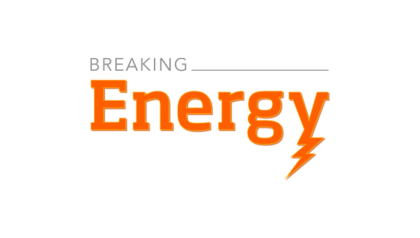
Brazil is a country blessed by nature. Famous for its beaches, renowned for its beauties, the emerging global economic leader is also blessed by huge energy reserves, ranging from deep sea oil to huge rivers that drive hydroelectric production and some of the best wind resources in the world.
Countries have built wind energy as a complement to their existing power infrastructure, but in few places does the natural setting make wind so much “the perfect partner” for hydroelectric power as Brazil, the Global Wind Energy Council said in a report on regulatory frameworks for the country’s emerging wind industry. That is nature at work, with the wind cycle complementing Brazil’s rainy season by blowing strongest during the dry season. Keep reading →

 Calling it the most comprehensive analysis of high-penetration renewable electricity in the continental U.S. to date, a new report from the National Renewable Energy Laboratory (NREL) says
Calling it the most comprehensive analysis of high-penetration renewable electricity in the continental U.S. to date, a new report from the National Renewable Energy Laboratory (NREL) says





Renewable Energy’s Five Year Plan: Building the Transparency Set Amid Hectic Growth
By Peter Gardett‘What gets measured, gets managed,’ is an long-standing cliché of business, but its truth is often self-evident when it comes to governance. In planning energy policies, regulators and businesses and even voters must have access to the right kind of data before they can even see which problems are most pressing and which solutions most viable.
The International Energy Agency’s new five-year forecast for the renewable energy sector joins the fuel-specific reports covered by its widely read oil, natural gas and coal mid-term reports. Those fossil fuels need little introduction, and in the developed countries covered by IEA and its parent organization – the OECD – production, processing, use and reserves of the traditional energy complex is very advanced and taken as fact. Keep reading →